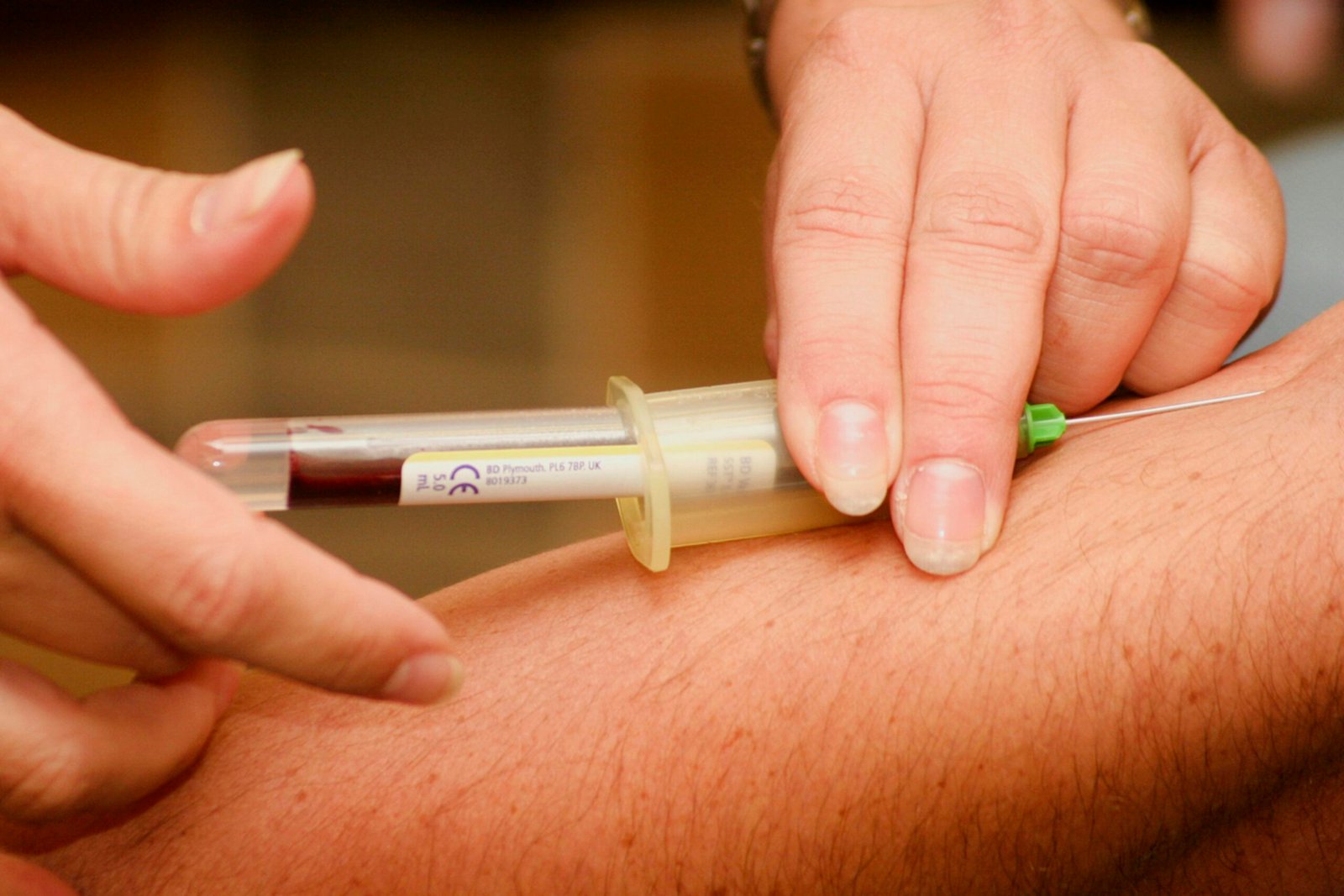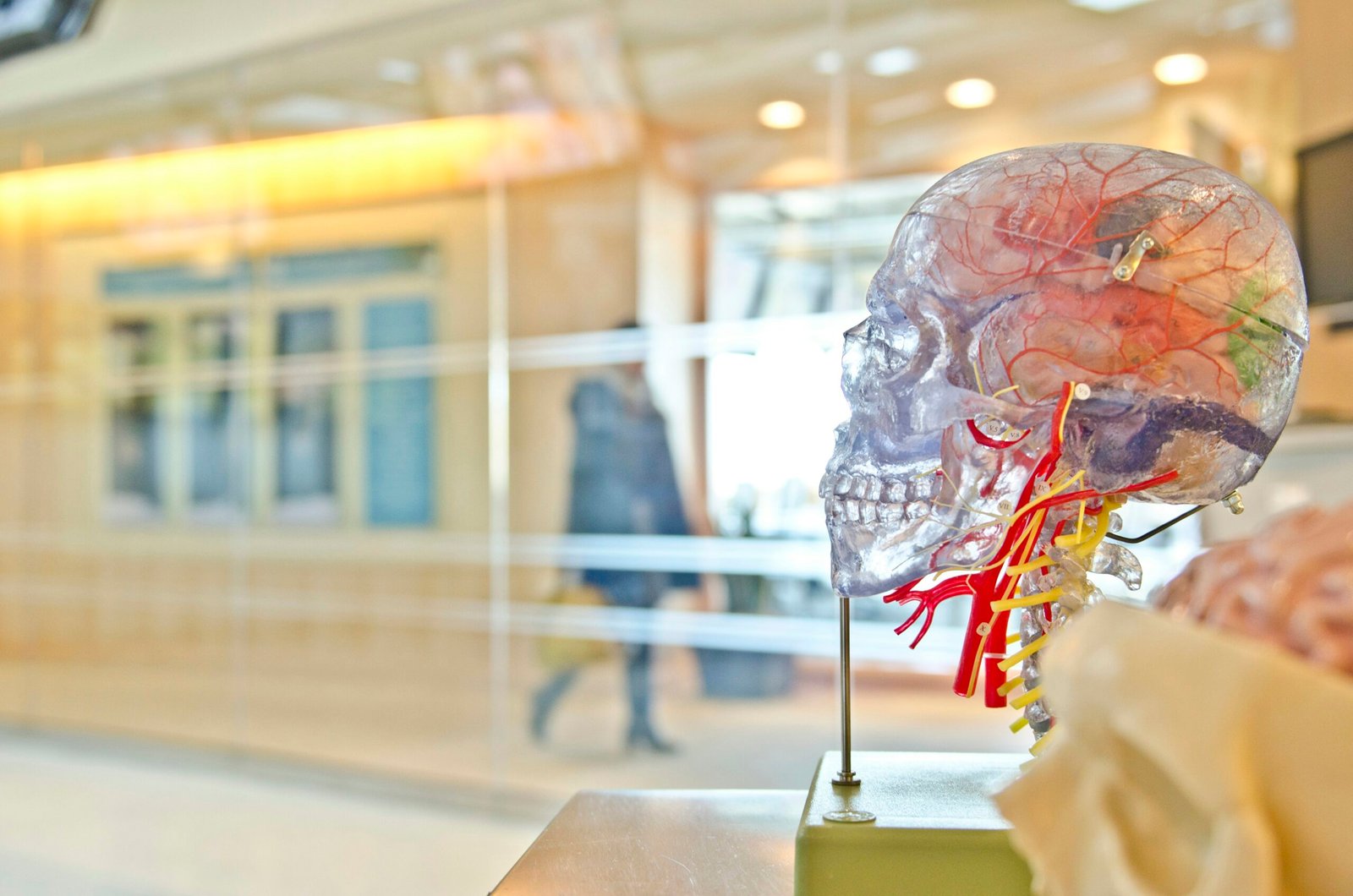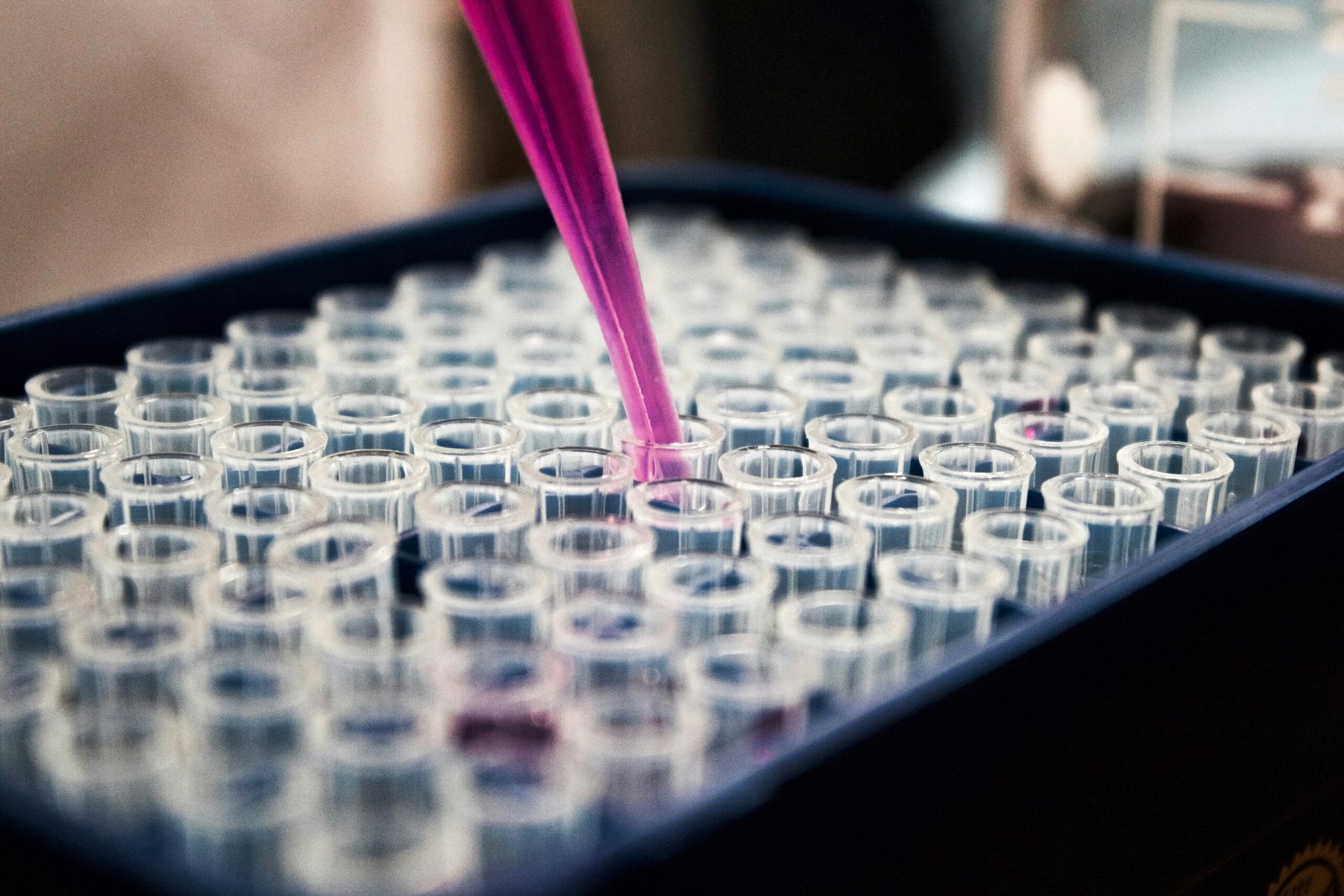In this article, we will explore the intriguing question: are there any visible signs of gout? Gout, an inflammatory type of arthritis, is known for causing intense pain and discomfort. But beyond the excruciating symptoms experienced by those affected, are there any visible indicators? Join us as we unravel the mystery and uncover the telltale signs that could help identify this condition. So, grab a cup of tea and prepare to discover the visible clues that may reveal the presence of gout lurking beneath the surface.

Understanding Gout
Definition of gout
Gout is a type of arthritis characterized by sudden and severe pain, inflammation, and tenderness in the joints, often affecting the big toe. It is caused by the buildup of uric acid crystals in the joints, leading to an inflammatory response.
Nature and cause of gout
Gout is a result of high levels of uric acid in the blood, a condition called hyperuricemia. Uric acid is a waste product that is usually dissolved in the blood and excreted through the kidneys. However, when there is an excess of uric acid or the kidneys are unable to eliminate it efficiently, it can accumulate and form urate crystals in the joints.
The most common cause of gout is a combination of genetic factors and lifestyle choices. Certain genetic factors can make individuals more prone to developing gout, while lifestyle choices such as a diet high in purines (found in red meat, seafood, and alcohol), obesity, and certain medical conditions like hypertension and kidney disease can increase the risk further.
Visible Signs of Gout
Introduction to visible signs
Gout often presents with visible signs that can help in its diagnosis. These signs include redness, swelling, joint pain and discomfort, limited range of motion, the presence of tophi, and prolonged discomfort and pain.
Reason why gout has visible signs
The visible signs of gout are a result of the body's inflammatory response to the urate crystals. When urate crystals accumulate in the joints, they trigger an immune reaction, leading to inflammation, swelling, and redness. These visible signs provide a clear indication of the presence of gout and can help differentiate it from other forms of arthritis.
Gout in the Big Toe
Characteristics of gout in the big toe
Gout commonly affects the big toe, a condition known as podagra. The symptoms of gout in the big toe include sudden and intense pain, tenderness, swelling, redness, and warmth in the affected joint.
Explanation on why it is a visible sign
The involvement of the big toe in gout results in noticeable symptoms that can be visually observed. The inflammation, swelling, and redness in the joint make it a prominent visible sign of gout, often accompanied by severe pain.
Joint Redness and Swelling
Details of joint redness and swelling in gout
Redness and swelling are common visible signs of gout in the affected joints. The presence of urate crystals triggers an immune response, causing inflammation and subsequent redness and swelling in the joint.
Discussion on how it appears as a visible sign
The redness and swelling in the joints affected by gout are easily noticeable. The affected area may appear visibly swollen, with the skin surrounding the joint appearing red and warm to the touch. These visible signs are indicative of the presence of gout and aid in diagnosis.

Joint Pain and Discomfort
How joint pain manifests in gout
Joint pain is a hallmark symptom of gout. In the case of gout, the pain is often sudden, severe, and can be debilitating. It is characterized by intense throbbing or stabbing sensations in the affected joint.
Connection between discomfort and gout
The pain experienced in gout is a result of the body's inflammatory response to the urate crystals. The crystals cause irritation and inflammation in the joint, leading to significant discomfort. The severity of the pain can vary, but it is generally debilitating and affects daily activities.
Limited Range of Motion
Explanation of limited motion in gout patients
Gout can cause limited range of motion in the affected joints. The inflammation, swelling, and pain associated with gout can restrict movement, making it difficult for individuals to bend, flex, or extend the joint fully.
How this becomes a visible sign
The limited range of motion can be observed when individuals with gout experience difficulty in performing certain movements or tasks involving the affected joint. Their inability to move the joint freely becomes a visible sign of gout and further supports the diagnosis.

Visible Tophi in Chronic Gout
Description of tophi in gout
Tophi are deposits of urate crystals that form beneath the skin in chronic gout. These visible nodules can develop in various locations, such as the fingers, elbows, knees, and ears. Tophi are often associated with advanced or untreated gout.
Correlation between tophi and visible gout signs
The presence of tophi is a clear indication of chronic gout and often accompanies other visible signs of gout, such as joint redness, swelling, and pain. Tophi can be observed and felt as firm, raised nodules beneath the skin, providing additional evidence for the diagnosis of gout.
Prolonged Discomfort and Pain
Nature of prolonged discomfort in gout
Gout episodes typically last for a few days to a week, but in chronic gout or when left untreated, the discomfort and pain can become prolonged. Individuals with chronic gout may experience persistent pain and discomfort between acute attacks.
Its role as an observable sign of gout
The prolonged discomfort and pain experienced by individuals with gout can be observed by their continuous discomfort and reduced mobility. This visible sign can indicate the presence of gout and the need for appropriate management and treatment.
Differential Diagnosis for Visible Gout Signs
Importance of differential diagnosis
Differential diagnosis is crucial in identifying and distinguishing gout from other conditions that may present with similar visible signs. Accurate diagnosis is essential for providing appropriate treatment and management strategies.
Common conditions to differentiate from gout
Conditions that may mimic the visible signs of gout include other forms of arthritis, such as rheumatoid arthritis, osteoarthritis, and septic arthritis. By considering the clinical presentation, medical history, and conducting appropriate tests, healthcare professionals can differentiate gout from these conditions.
Prevention of Gout
Lifestyle changes to prevent gout
Making certain lifestyle changes can help prevent gout or reduce its frequency and severity. These include maintaining a healthy weight, consuming a balanced diet low in purines, avoiding excessive alcohol consumption, and staying hydrated.
Importance of early detection and treatment
Early detection of gout and prompt initiation of treatment is vital to prevent future gout attacks and complications. Timely management, including lifestyle modifications and medications, can help individuals manage their symptoms effectively and reduce the risk of recurrent gout episodes.
In conclusion, gout is a form of arthritis characterized by visible signs such as joint redness, swelling, pain, limited range of motion, the formation of tophi, and prolonged discomfort. These visible signs play a crucial role in the diagnosis and management of gout. Understanding these signs, seeking early detection, and adopting appropriate preventive measures can help individuals effectively manage gout and improve their overall quality of life.